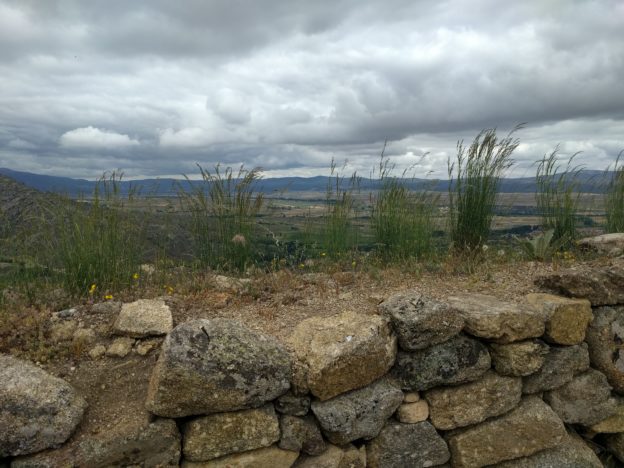[This is a much-procrastinated final post about my linguistic tour of northern Spain in June.]
A visit to the Museu d’Arqueologia de Catalunya, in the Montjuic area of Barcelona, was the perfect capstone for my trip to Spain. This first-rate museum covers the human history of Catalonia from prehistory through the Visigoths. It is well laid out and the wall labels are consistently informative. (Some are in Catalan only, and some in Catalan, Spanish, and English.) A full visit would take two to four hours, and so can easily be combined with other Montjuic attractions including the Joan Miró museum.
The Museu d’Arqueologia’s collections of Iberian, Greek, and Roman artifacts reinforced what my friend Sue and I had already seen in person at Ullastret and Empúries on the Costa Brava. The museum also explained the active role of Phoenicians in pre-Roman Spain. We learned about Phoenician settlements such as Sa Caleta, a UNESCO World Heritage site in the Balearic Island of Ibiza. My previous knowledge of Phoenician activity in Spain was, of course, limited to linguistics. I knew that several Spanish place-names are Phoenician, including España itself (probably from an expression meaning ‘land of rabbits’), Cádiz (‘fortress’), Málaga, Cartagena (after Carthage), Ibiza, and Mahón (the capital of Minorca). In addition, the Phoenician alphabet was the basis of the Iberian alphabet seen in artifacts such as those found at Ullastret.
The slideshow below shows some of my favorite artifacts from the museum.
